Chautauqua Talk: Sisson shares Riverside Cemetery history

By Bob Steenson, bsteenson@charlescitypress.com
If you want to capture the attention of a bunch of eighth-graders, take them to a cemetery.
That was one of the many observations shared by Charles City historian Jeff Sisson as part of his Chautauqua Talk, which he gave twice Saturday at Riverside Cemetery.
The Chautauqua Talks are regular presentations set up by the Floyd County Museum on a variety of topics. They are often held at the museum, but the one Sisson gave Saturday morning and again in the afternoon was at the chapel located in the cemetery.
Sisson talked about the origins of Riverside Cemetery at the hands of early community businessman Azro B.F. Hildreth, about the fortuitous partnership of the men’s St. Charles Cemetery Association with the Women’s Cemetery Improvement Association, and about what has turned into a wonderfully successful project by continuing classes of Charles City eighth-graders to renovate the Riverside Chapel and other projects.
Sisson has been the president of the three-member St. Charles Cemetery Association for 35 years – “Apparently when you’re appointed trustee it’s for life,” he said.
He said his involvement with several years of different eighth-grade classes has been “one of the most rewarding projects, if not the most rewarding project in my life.”

It started with “that guy and his wife,” Sisson said, pointing to Ryan Rahmiller at the back of the chapel at the afternoon Chautauqua session. Ryan and Amanda Rahmiller, both Charles City eighth-grade teachers, took their classes out for a tour of the cemetery six or seven years ago, and the class became interested in the chapel.
“They had this idea that they wanted to fix the chapel,” Sisson said. “They had brooms and dust pans and paint brushes” – ‘and jackhammers,’ Rahmiller interjected – “and they were going to go to work. They were going to have at it.”
Sisson said he and the Rahmillers talked about the idea. Sisson called the State Historical Society and got a $500 grant and they hired preservation architect Doug Steinmetz from Cedar Rapids to help give them direction.
“We took 125 kids and said we want to have an all-encompassing project. We want everybody to understand that their project is important, and we want this to be true teamwork, so we let them brainstorm,” Sisson said. “They came up with chapel effort, to get the chapel fixed. They came up with how to clean tombstones.
“I remember there were two girls who did a project where they looked at all the resources at the cemetery that weren’t burial related, so they gave a tally of all the trees and got a forester to talk about the trees that are at the cemetery. They did research on the railroad and the rail line. They did research on the fence,” he said.
One area that attracted their attention was a part of the ranges where there were no grave markers, because in 1878 and 1879 there was a diphtheria epidemic that killed more than 200 children in Charles City who had to be buried in the cemetery.
“A man and his wife had six kids. From January 15th to February 20th they lost all six children. It was a very contagious disease,” Sisson said. After the first child died the father dug a grave with a pickaxe to break up the frozen ground. Before he left he opened another grave, for the next child who was seriously ill.
After each child was buried he opened up another grave before he left, knowing it would be needed, Sisson said.
About 15 students did research on the diphtheria epidemic.
Ryan Rahmiller said, “This one always gets me, it’s so touching. They heard the story and they came back and were like, ‘They don’t have a gravestone. They don’t have any marker whatsoever.’” The students put on a school dance and raised several hundred dollars.
“Enough for a plaque,” Sisson said. “They got a plaque and now in the area where those children are buried there’s a plaque from the Class of 2021 in memory of the kids that died of diptheria in the winter of 1878 to 79.”
The St. Charles Cemetery Association went into a partnership with the eighth-grade classes to pay for chapel improvements 50-50, and so far about $80,000 has been spent for a new roof, to repair all the stained-glass windows and make them weatherproof on the outside, for painting and refinishing. The chapel is in substantially the same condition now as it was when new, he said.
“They raised nearly $50,000 since we started this six or seven years ago, and our main fundraiser is Trivia Night, and that benefits the chapel,” Sisson said.
“It’s been a great project working with the eighth graders,” he said, adding that he would encourage everybody in every town everywhere to get kids involved with a cemetery.
“It’s a fabulous outdoor classroom. Absolutely fabulous,” Sisson said. “One thing you get in a classroom like this is you get their attention, because you’re in a cemetery.”
Sisson said the idea of a city cemetery began after Azro Benjamin Franklin Hildreth moved his family to what was then the town of St. Charles in 1856, where he set up the community newspaper The Republican Intelligencer, which would eventually become the Charles City Press.
In 1857 the Hildreth’s young daughter, Mary, died of what was then call consumption – tuberculosis. As was common at that time, Mary was at first buried in an area on the family’s home ground, but Hildreth began working on the idea of a community cemetery, and the St. Charles Cemetery Association was created with Hildreth as president and two other trustees, Sisson said.
“Mary’s death was probably the driving force to get a cemetery in Charles City,” he said.
Land was purchased along the Cedar River from the Kellogg family. It was covered in brambles, trees and downed logs, but what they liked about the area was it was high and had access to water from the river to water flowers and plants, Sisson said.
“The cemetery got put together, and the first thing that happened was there were a lot of reinternments. People who had been buried at home were moved and buried in the ranges,” he said, referring to the term for how the first areas of the cemetery were laid out. The Hildreths’ daughter, Mary, was also moved from her grave at their home to the new cemetery.
Throughout his talk, Sisson told tales of the people who are buried in Riverside.
“There’s a lady buried over here,” he said, pointing out the back of the chapel. “Elizabeth Spencer – she was buried at Riverside Cemetery in the ranges in 1870. She died in 1857. When she died in 1857 she was buried somewhere else, then reinterred in Riverside.”
Sisson said Spencer has the earliest birth date that he has found in the cemetery.
“She was born in 1778 – two years after the Declaration of Independence. That’s 21 years before George Washington died. There’s someone buried out here who was actually around in 1778. That’s just remarkable,” he said.
“Mr. Hildreth is buried straight out the door, second corner. He died in 1909. Born in 1816, so he was an old man of 93. He’s buried over here,” Sisson said, again pointing in the direction of a location in the cemetery.
Hildreth’s first wife died in the 1840s during childbirth, and she was buried in Massachusetts where they lived then. Hildreth’s second wife died in 1890, and Hildreth bought a plot in Riverside for her gravesite. He also had their daughter, Mary, reinterred from her original burial site in the ranges to the new family plot.
“It wasn’t uncommon to do reinterments” as families moved and situations changed, Sisson said.
HIldreth’s third wife, Julia, died in 1890 and she is buried in the Hildreth family plot. Hildreth was also buried there when he died, 19 years later.
By the late 1800s, a lot of the men who had been instrumental in starting the cemetery were themselves dying, and their widows wanted to make sure their husbands’ graves were kept looking as nice as they could be, so the Women’s Cemetery Improvement Association was born – “the WCIA, which still exists today and it doing better than ever,” Sisson said.
A partnership was formed between the St. Charles Cemetery Association, which owns the land, sell the plots for graves and is in charge of the overall care and maintenance of the cemetery, and the WCIA, whose job it is to beautify the cemetery.
That partnership, Sisson said, “for the most part has worked really, really well. We’ve never been in a better relationship than now.”
To raise money for upkeep, the women’s group began a perpetual urn program in the 1920s, where originally for $50 the group would provide flowers at the gravesite forever, including maintenance of the urns.
“Today a cemetery urn costs $1,500 – one time and you get flowers forever,” Sisson said.
The proceeds from the urn sales have gone into a trust and the income from the trust is used to pay for the flowers, the urns and the maintenance.
“That money was invested – shrewdly invested, and it’s done terrifically well,” Sisson said.
The men’s group also puts part of the proceeds it gets from selling plots into a perpetual care trust, and it has also done well, he said.
“We sit on the right side of where we need to be, when a lot of cemeteries are really, really struggling,” he said. “You go to see some of your relatives in some of these places, and if you’re used to Riverside, you’re, ‘Eww, they could use a little help here.’ Most of those have been taken over and are operated either by the city or the county.”
After his talk, Sisson led those interested in a walk around the area near the chapel, pointing out interesting graves and telling more stories.



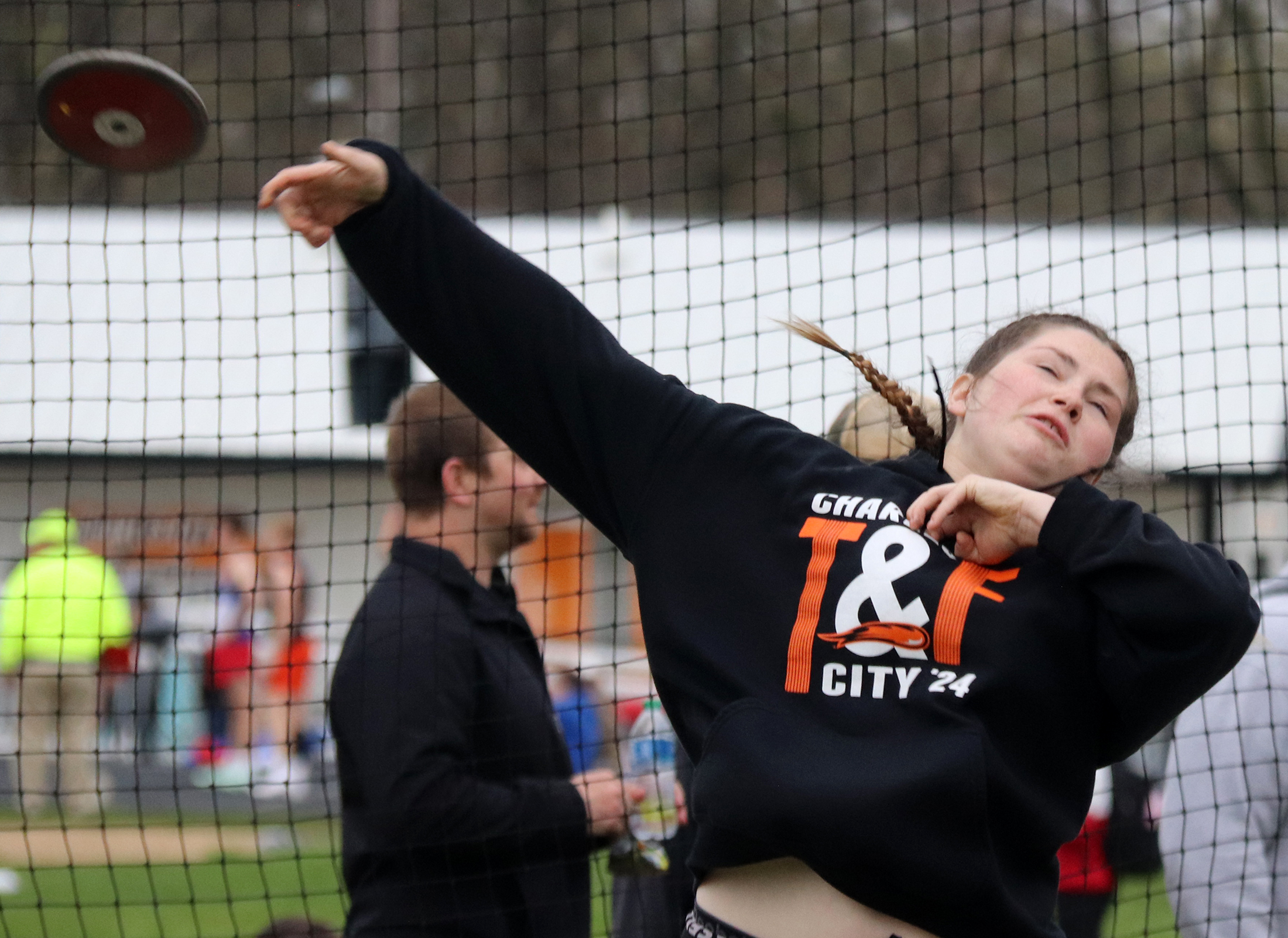
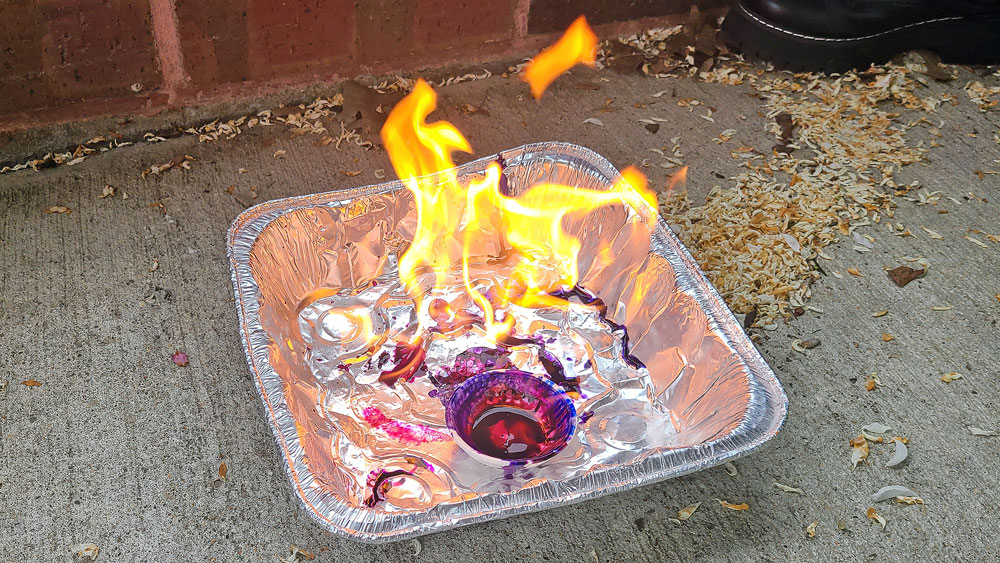
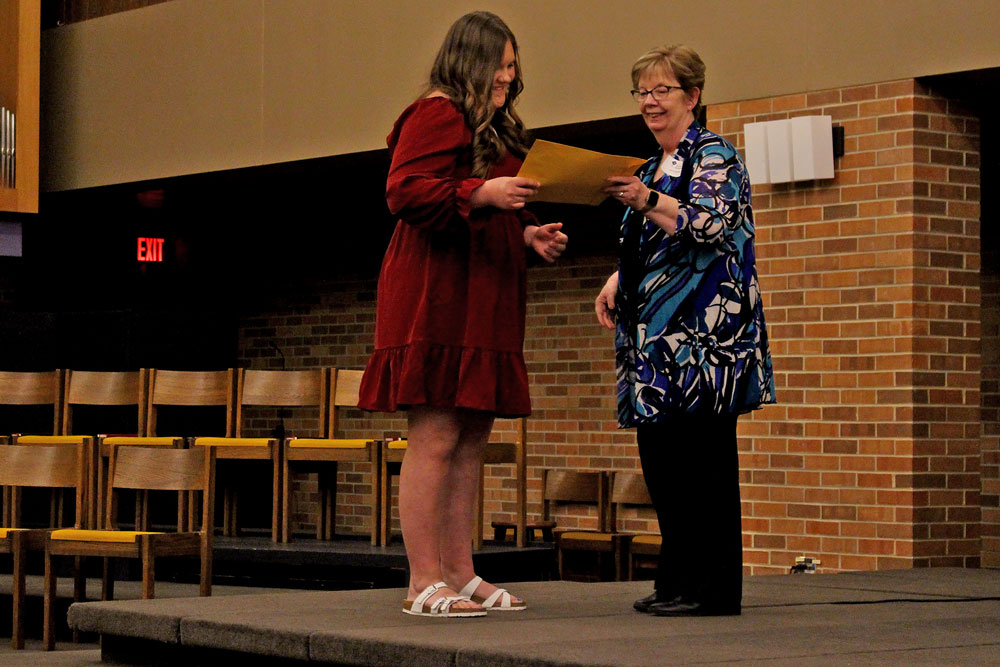
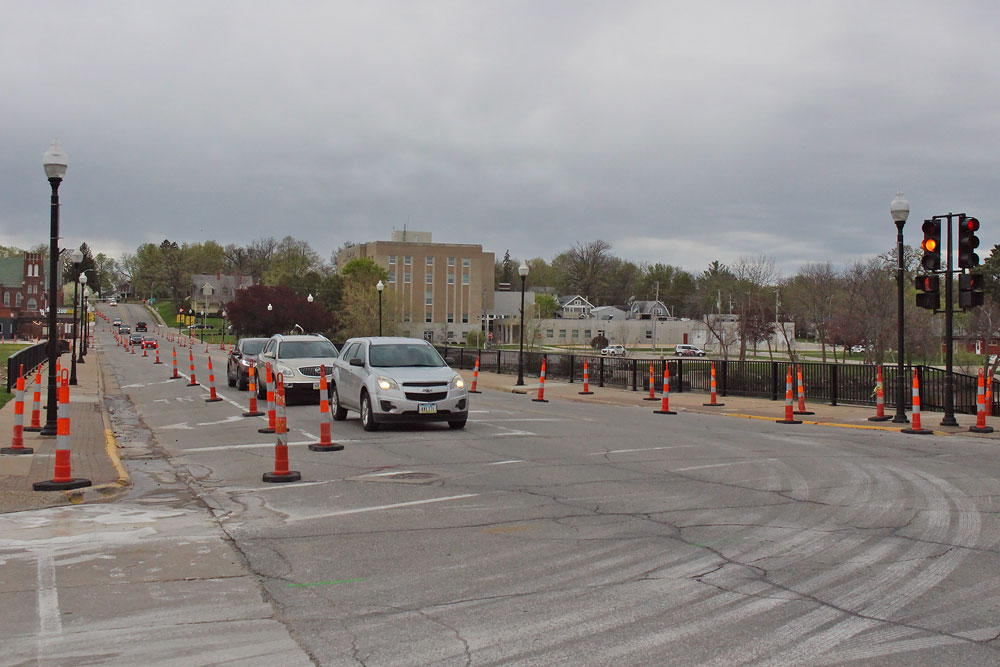
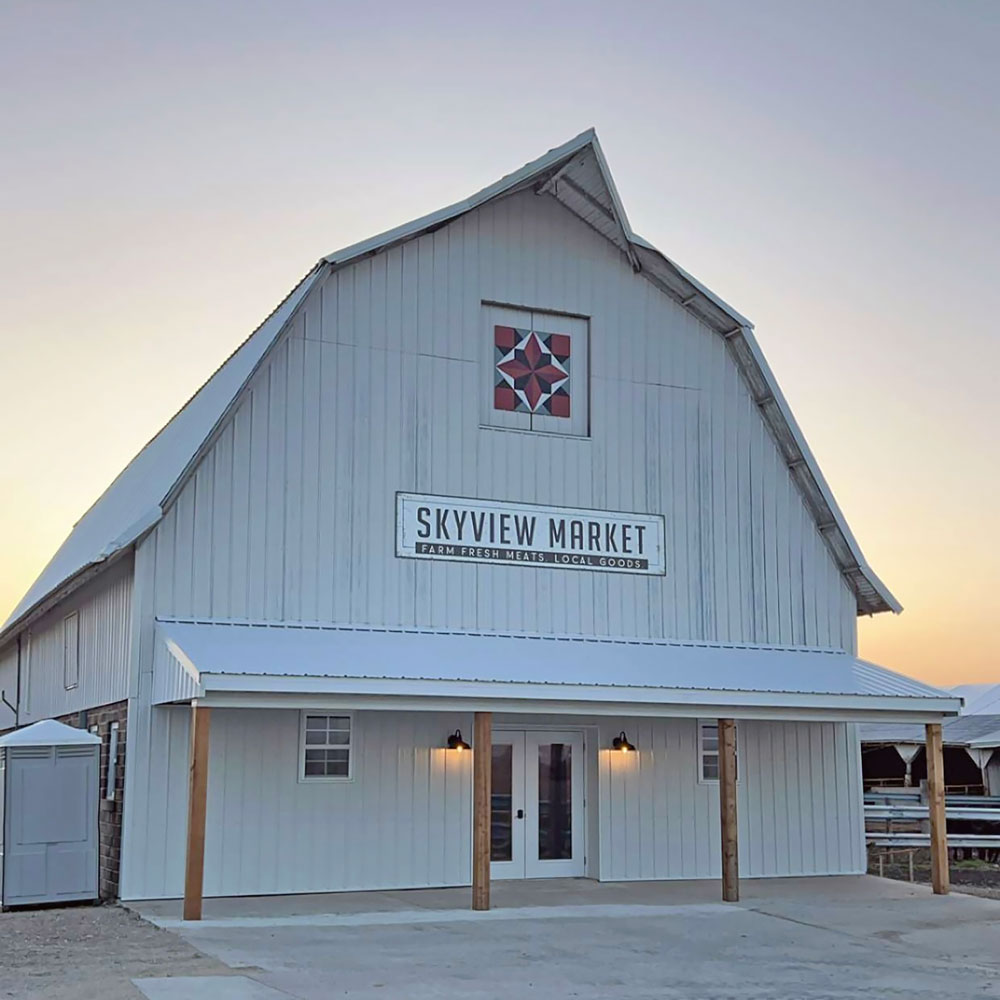
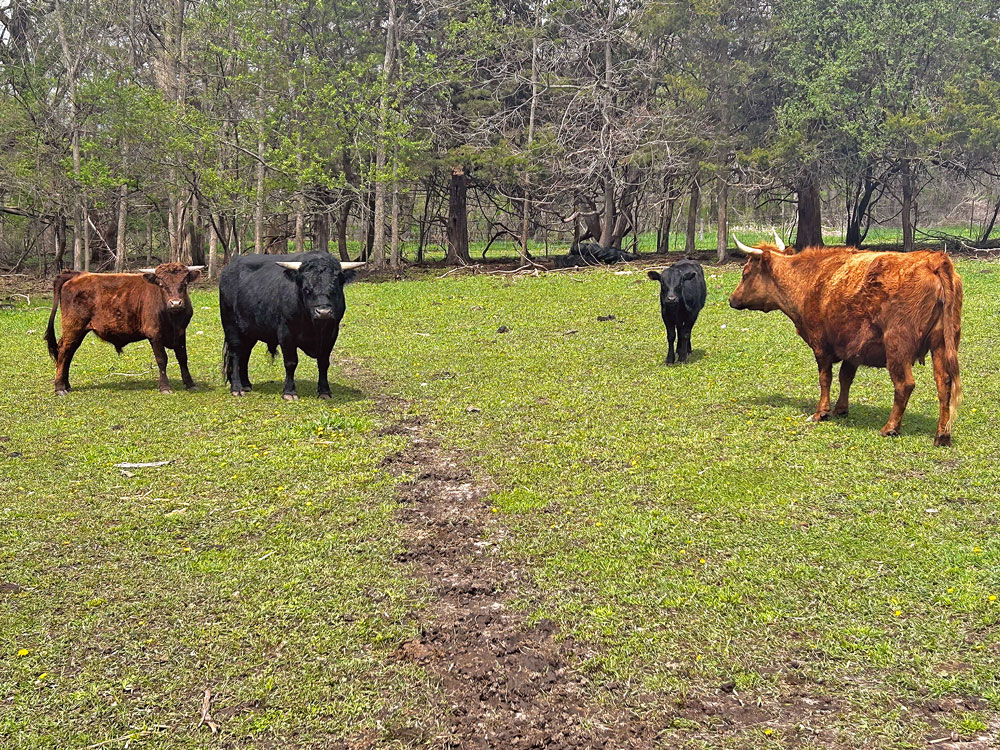


Social Share